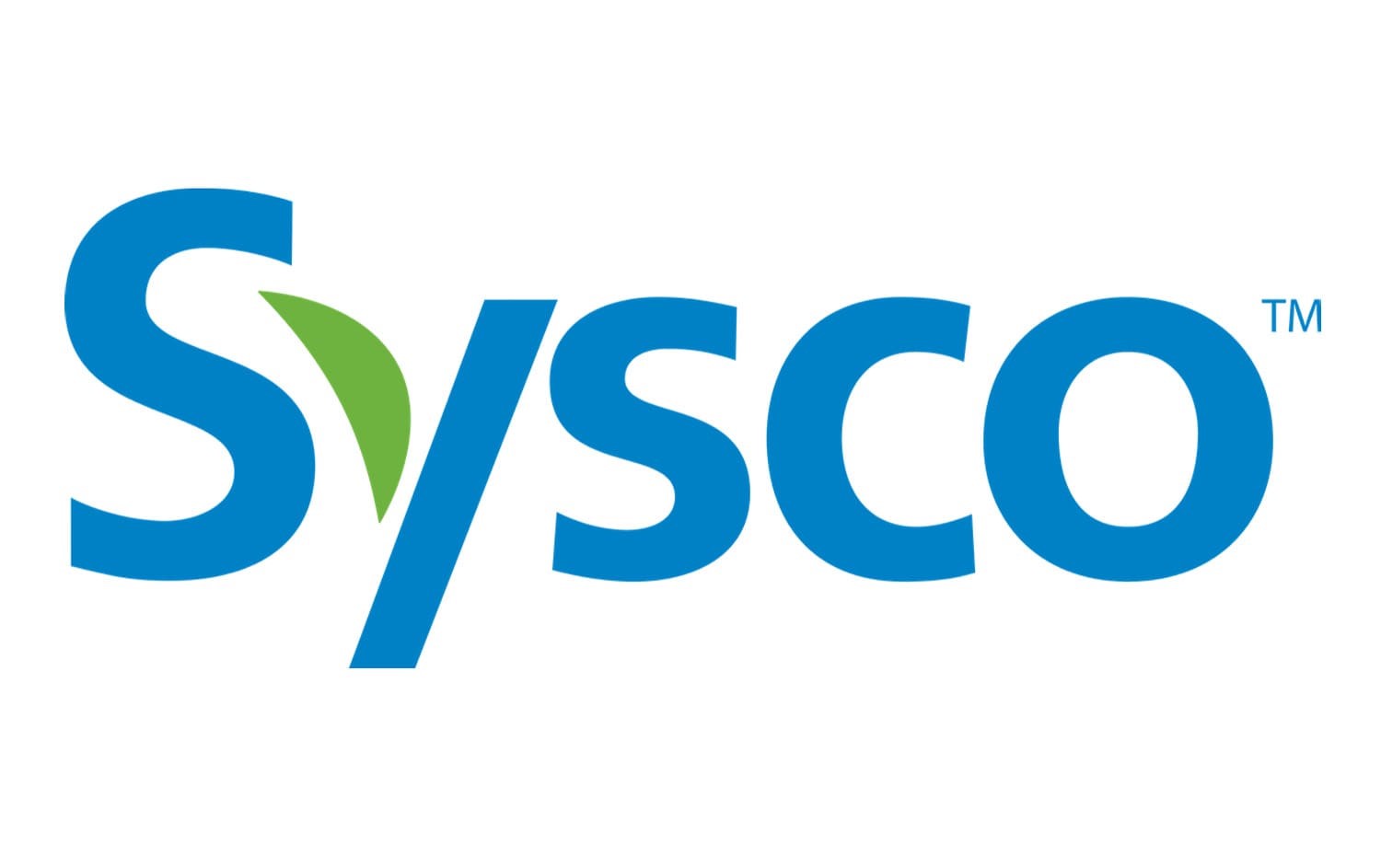Information
-
Conducted on
-
Format: Last name, First Name
-
Prepared by
-
Location
- 600
- 700
- 955
- 948
-
1. Harness or Lanyard.
-
ID tag number
-
Enter manufactured date on tag.
-
Serial number.
Fabric
-
Bend the lanyard in a "U" shape and look for torn or frayed fibers, pulled stitches or any fraying of edges on the laynard. Also examine for any cuts or damage caused by exposure to chemicals. Inspect the fiber for burn marks or other abrasions that can weaken the material.
-
Frayed edges
-
Cuts
-
Broken fibers
-
Burns
-
Stitching in good condition
Labels
-
Labels legible
Hardware
-
Examine the condition of the hardware.
-
Distortion
-
Cracks/corrosion
-
Rough/sharp edges.
-
Breaks
-
Self-locking snap hook operational
-
Latch/keeper on snap hook seats properly.
-
ID tag number.
-
Enter manufactured date on tag.
-
Serial number.
Fabric
-
Bend each belt of the harness in a "U" shape and look for torn or frayed fibers, pulled stitches or any fraying of edges on the harness. Also examine for any cuts or damage caused by exposure to chemicals. Inspect the nylon webbing for burn marks or other abrasions that can weaken the material.
-
Frayed edges
-
Cuts
-
Broken fibers
-
Burns
-
Stitching in good condition
-
Shock absorber in good condition
Hardware
-
Examine the integrity of the attachment point of the D-ring. The D-ring should be at a 90-degree angle and should be free to pivot without binding. Check the D-ring for excessive wear, cracks, or other deterioration.
-
Distortion
-
Cracks/corrosion
-
Rough/sharp edges.
-
Breaks
-
Self-locking snap hook operational
-
Latch/keeper on snap hook seats properly.
Buckles
-
Unusual wear
-
Frayed/cut fibers
-
Distorted or bent buckles
-
Loose, missing or broken grommets.
-
Distortion in shape/motion of tongue
Labels
-
Labels legible
Deficiency
-
Removed from service and disposed
-
Select date
-
Add signature







